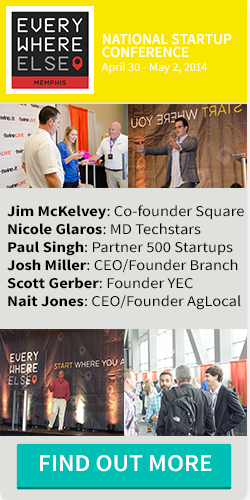
With a shortage of quality development talent, many founders have turned to development shops in order to start building their product.
At Terrible Labs, we have the opportunity to chat with many founders about how to get their first web or mobile product designed, built, and launched. Unfortunately, a lot of them have unrealistic budget expectations about building their product.
If you have a limited budget and need help building your product, here are three things we recommend to reduce the overall project cost:
Wireframe your product’s user flow before you talk to a development shop.
We’ve presented and written a lot about the value of wireframing and prototyping because we feel it’s the most important step when productizing an idea. However, most prospective clients come to us with an idea that exists solely in their head.
The goal of wireframing is to get the idea out of your head and onto paper. Once you put pen to paper, you’ll learn how your product actually works and not how you think it will work.
You can consider your wireframes sufficient after you have conveyed all of the possible ways a user can flow through your app. Make sure to account for everything from how the user signs up to how they ultimately achieve your product’s value proposition. In our experience, designing well-thought-out wireframes can cut 2 to 3 weeks off your project.
Be willing to cut features that aren’t necessary.
Good wireframes act as a blueprint for product development. More importantly, exhaustive wireframes will help a development shop break your product down into user stories.
User stories are descriptions of pieces of your product’s feature functionality. Ultimately they serve as the guide for development. At Terrible Labs, we take the user stories generated from wireframes and put them into a project management tool like Trello or Pivotal Tracker. Our clients then work with us to determine the priority of each story and positioning, which leads to a detailed estimate breakdown.
Once you have an estimate breakdown from your development shop, you can, based on your budget, determine which features are must-haves — and which are nice-to-haves, cutting accordingly. But you need those wireframes first.
Be a proactive project manager.
Good project management is the difference between finishing a project within the terms of the engagement and spending more money for additional, unplanned time.
At Terrible Labs, we work on a time and materials basis. This means that we work with a client on their product for a set term, regardless of what gets completed. The most important reason for this approach is that we want the client to take initiative to become a very active participant in the development process. Since we test continuously and often, we need quick feedback from customers in order to make changes sooner rather than later.
Staying active is critical. Take the time to use and adopt a project management tool so you remain an active participant. This ensures you don’t just end up under budget, but with a successful project that meets your expectations, too.
So, what are you waiting for?
Don’t let a limited budget prevent you from seeing your idea become a reality. If you are truly committed to building your product, take the initiative to extensively wireframe your idea, realistically scope your product, and then proactively run it. Follow through on these three steps, and you’ll be amazed at how far your budget will go.
Cort Johnson is a co-founder of Terrible Labs, a boutique design and development shop, and TicketZen, the easiest way to pay parking tickets with your mobile phone. He also works with Flybridge Capital Partners and its general partners as an advisor to support and broaden the firm’s investment activities.
The Young Entrepreneur Council (YEC) is an invite-only organization comprised of the world’s most promising young entrepreneurs. In partnership with Citi, YEC recently launched StartupCollective, a free virtual mentorship program that helps millions of entrepreneurs start and grow businesses.




 Even the best businesses can have trouble adjusting to social media. It’s understandable that plenty of profitable and professional companies don’t use Twitter correctly, especially if they’ve been in business for many years before social media came into play. However, customers keep up with businesses online, and they will judge your ability to use Twitter and other social media sites.
Even the best businesses can have trouble adjusting to social media. It’s understandable that plenty of profitable and professional companies don’t use Twitter correctly, especially if they’ve been in business for many years before social media came into play. However, customers keep up with businesses online, and they will judge your ability to use Twitter and other social media sites.











